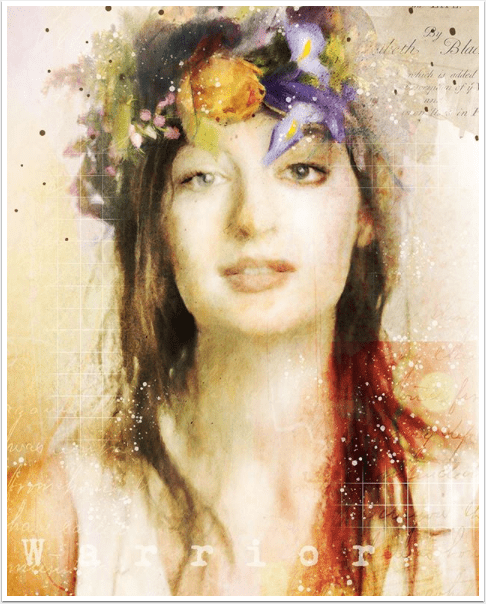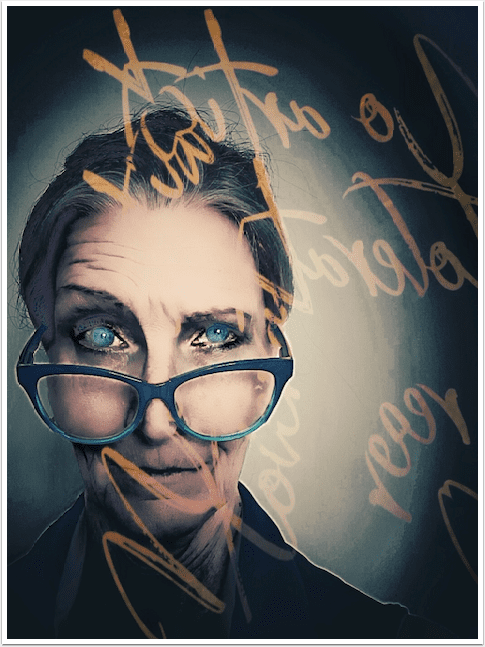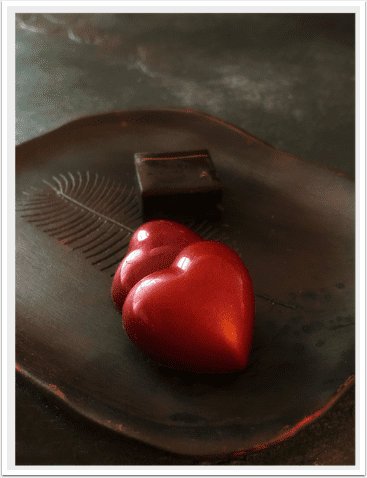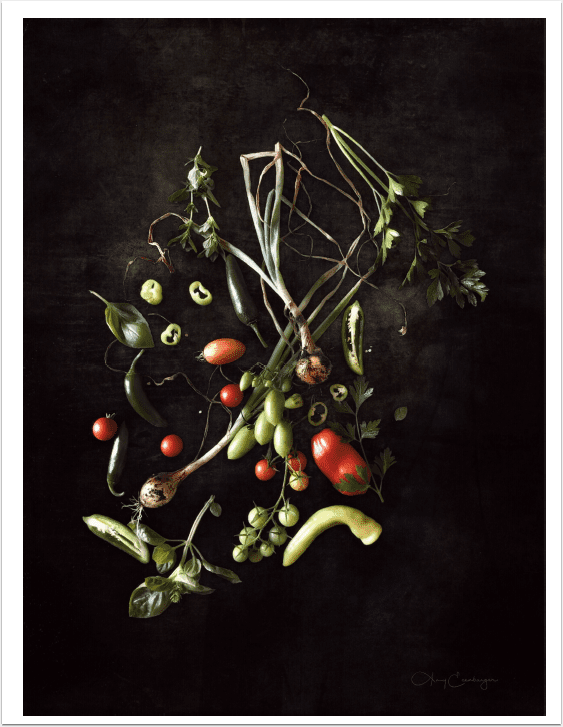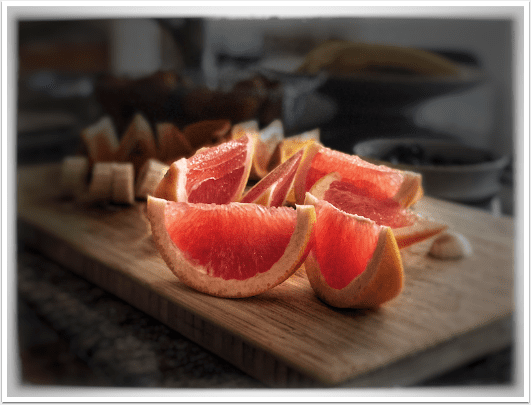
Mobile & Photography & Art – Beet Around The Bush – Our Fourth Interview with Fleur Schim from the US
We are delighted to bring you the fourth interview to our new mobile photography and art food column – ‘Beet Around The Bush’, edited by multi award winning artist, Armineh Hovanesian. This interview is with a talented photographer, Fleur Schim from Southern California, United States.
Please continue to post your mobile portraiture to our dedicated Flickr group or use this hashtag on Instagram #tawbeetaroundthebush, this way, Hovanesian will search through these artists to interview next, it might be you! (foreword by Joanne Carter).
To read the others in this series, please go here.
All images in this interview ©Fleur Schim
What first interested you in food photography?
My background is in art history. I have been interested in the depiction of food in the arts since college, when I had the wonderful opportunity to explore many museums throughout Europe. Still life images of food and drink appear in myriad contexts over four centuries of European painting. The practice of depicting food and feasting stretches back through the Middle Ages to ancient Greece and Rome, where banquets and bacchanals were consuming passions celebrated in literature, painting, and mosaics. In the fifteenth century, artists took increasing inspiration from the culture of antiquity, and from the natural world, and began to depict objects such as fruits, sweets, and wine vessels, as well as flora and fauna, in both devotional and secular images. These subjects allowed the artist to display their skills of observation and description of color, shape and texture.

Tell us a little about where you live and if, at all, it influences your photography
I live in Southern California, where there is a bounty of fresh produce and seafood. A trip to a seafood market or vegetable stand offers up delicious cooking options, eye candy, and photographic opportunities. Further, I enjoy visiting food halls, seafood markets and food vendors when traveling. Food makes an excellent subject for still life photography, and I can achieve some incredible artistic results. Photography is a great way to tell stories without using words. By adding more elements to your food photos, you can create interesting stories that draw the viewer into your image.
Which photographers, if any, have most influenced your work?
Years ago, I was featured in San Diego Magazine and Better Homes and Gardens, “Great Cooks And Their Kitchens”. This experience offered me the unique opportunity to participate and observe a culinary photo shoot. I learned about staging, lighting, and props.
I came to food photography from the culinary side. I was always a creative cook. I was inspired by a myriad of culinary magazines and books. I had the opportunity to work as a sous chef for notable chefs. I have always believed that you “eat with your eyes”. There is a creative method how ingredients are plated that can impact one’s senses and tantalise one’s response. If done properly, one can imagine the taste and scent.
I do not have a food photographer muse. However, I continually create culinary tableaus with my photographer husband, Jack Schim, as part of our every day life.
What’s a good photograph in your opinion?
A good food photograph tells a story. It captures your imagination and reminds you of a memorable meal; a fantastic vacation. It makes you hungry.

How many shots does it take you, on average, to get the perfect image that you’re looking for?
I often shoot several images before I am satisfied with my capture. I experiment with multiple imaging apps to create a painterly effect. I elevate the food image into an expression of art.

Do you strive to ‘tell a story’ with a picture? If so, how do you achieve that?
I have had the pleasure of dining at many exquisite restaurants throughout the world. These are restaurants that create dishes that are a work of art; each course, more beautiful than the last. The chef creates a story with their cooking and preparation. I enjoy the visual aspects of these creations as much as my anticipation of their taste. It is almost a shame to deconstruct such beauty. All my senses are activated. My participation is purely self-indulgent.
When you visit a restaurant and see something on the menu, do you think more about it will taste or how it will look?
I am inspired by beauty. I am also a gourmet chef. I combine fresh ingredients into beautiful, delicious meals, nightly. Sometimes, I take note of one of the ingredients as I am prepping. I see them differently. Maybe the lighting motivates me. Maybe its color or shape inspires me. I see it as an opportunity to get more creative and play around with staging a composition. I love to photograph citrus. So many colors and fragrances. I use lemons and limes in many of my dishes. Oranges, tangerines, and grapefruit are always sliced on the cutting board. I have many trees in my yard that afford me the opportunity to create lovely images. I love how the fruit sections align to create beautiful imagery.

How did you develop your aesthetic? What inspires you?
Light is the key to creating beautiful still life photos. I try for natural daylight, rather than artificial lighting. Color is important, as I want the colors of the food, plates and background elements to appear accurate. I use natural light from windows and skylights to illuminate my subjects.
What do you consider when it comes to composition and framing the food? What do you look for when taking the shot?
I also use props to make my images more authentic. They help me create a narrative. A cutting board and knife may enhance a tableau of cut up vegetables. A vintage plate makes a plate of figs more dramatic. Tablecloths and different coloured fabric work well with some foods. The great thing about food photography is that it gives you the chance to play around with color and lighting.

What is your favourite dish or type of food to shoot?
Mis en place. I prep my ingredients. This gives me the opportunity to really look at each vegetable. Raw vegetables and fruit are very beautiful: sliced mushrooms, quartered baby bok choy, strawberries. I am always thinking about which angle to shoot from to make the most of the subject. I find that shooting from above is often the best choice, especially when food is arranged on a plate or bowl. This viewpoint helps me reveal pattern and rhythm. Shooting from one side is also a good choice when you want to show details of a slice of lemon, bread or cake.
Please Read…
TheAppWhisperer has always had a dual mission: to promote the most talented mobile artists of the day and to support ambitious, inquisitive viewers the world over. As the years passTheAppWhisperer has gained readers and viewers and found new venues for that exchange.
All this work thrives with the support of our community.
Please consider making a donation to TheAppWhisperer as this New Year commences because your support helps protect our independence and it means we can keep delivering the promotion of mobile artists that’s open for everyone around the world. Every contribution, however big or small, is so valuable for our future.
